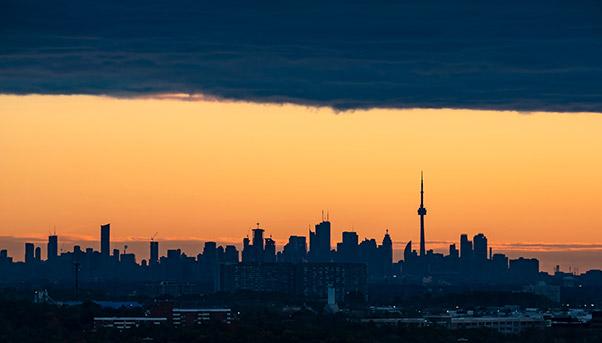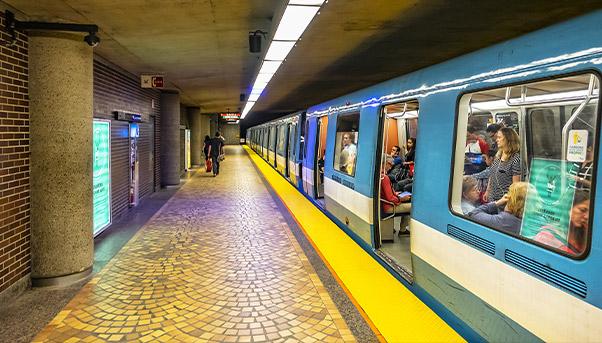
Ottawa might be further ahead than its neighbours in the latest round of investments in public transport, but Montreal and Toronto will eventually arrive at the same objective: offering commuters a greater incentive to leave their cars at home.
Canada’s capital has gone so far ahead of the two other cities that it has hired builders to extend a new light rail transit system whose trains have yet to start carrying passengers.
Work on the CAD$4.6-billion project to extend the O-Train Confederation Line, known as Stage 2, is scheduled to start later this year – at about the same time that the very line is to open for service.
Running across the city along an east-west axis, the O-Train Confederation Line is 12.5 kilometres in length with 13 stations. It will bring extra capacity to a public transport system whose network of buses is close to reaching the limit of its ability to serve commuters. Demand for service is growing as the city’s population is forecast to grow 30% by 2031.
By replacing buses along the circuit that its trains will be travelling – let alone encouraging commuters to leave their cars at home – the O-Train Confederation Line will contribute to a reduction in the consumption of diesel fuel by 10 million litres. Greenhouse gas emissions should drop 94,000 tonnes per year. As for nitrous and sulphur oxides and volatile organic compounds, they could be down by 4,000 tonnes by 2031, according to an official website.
Under Stage 2, the O-Train Confederation Line will be extended both east and west. Meanwhile, the Trillium Line, an older rail service in operation for nearly two decades, will be extended farther south, with a separate link to the Ottawa Macdonald-Cartier International Airport.
The extension of the two lines will add 44 kilometres and 24 stations.

Montreal Metro
Funding for Montreal’s Metro
After decades of promises, Montreal is finally going ahead with plans to extend one of its metro lines.
The project gained momentum in early July when Canadian Prime Minister Justin Trudeau announced his support of the extension, pledging CAD$1.3 billion.
The project will extend the system’s blue line by 5.8 kilometres beyond St-Michel Station towards the eastern borough of Anjou, adding five stations, two bus stations and a parking lot.
«STM, with its project office, has already been working for months to complete the preliminary steps», read a statement issued by Société de Transport de Montréal (STM), the public entity responsible for the metro system. «The project office’s work will intensify in the coming months in preparation for a business case approval in fall 2020, which should allow the work to begin in winter 2021 and commissioning to take place in fall 2026».
The final cost of the project has yet to be calculated, but Chantal Rouleau, the Quebec province’s transport minister, told Le Devoir newspaper at the time of Trudeau’s announcement that the federal funding would come to represent about 30 % of the total cost.
The extension will bring the metro service to more than 17,000 potential commuters, according to the newspaper The Global and Mail.
Toronto’s complicated ambitions
As the biggest city in Canada, Toronto’s ambitions are greater than either city but, for the moment, more complicated.
In April, Ontario Premier Doug Ford and Jeff Yurek, his minister of transport, pledged to double the length of a so-called relief metro line for an investment worth CAD$10.9 billion. Dubbed the Ontario Line, it would be part of a wider expansion of the city’s transit network, which includes three other projects, namely extensions of the Yonge North Subway, the Scarborough Subway and the Eglinton Crosstown West light rail line. «The projects will require a combined CAD$28.5 billion, of which the province has committed CAD$11.2 billion», read a statement from the provincial government.
Although Ford’s government is partly responsible for transport infrastructure in Toronto, it still has to come to an agreement with the city about any further development.
And it has to win the federal government’s favour in order to raise the necessary funding.
For the moment, it has yet to do so.

